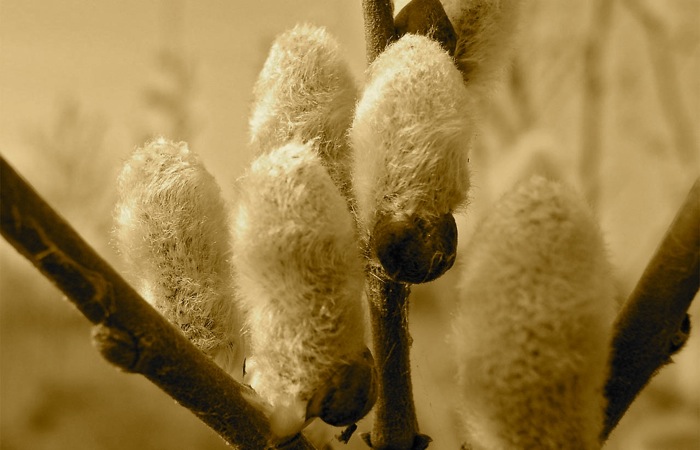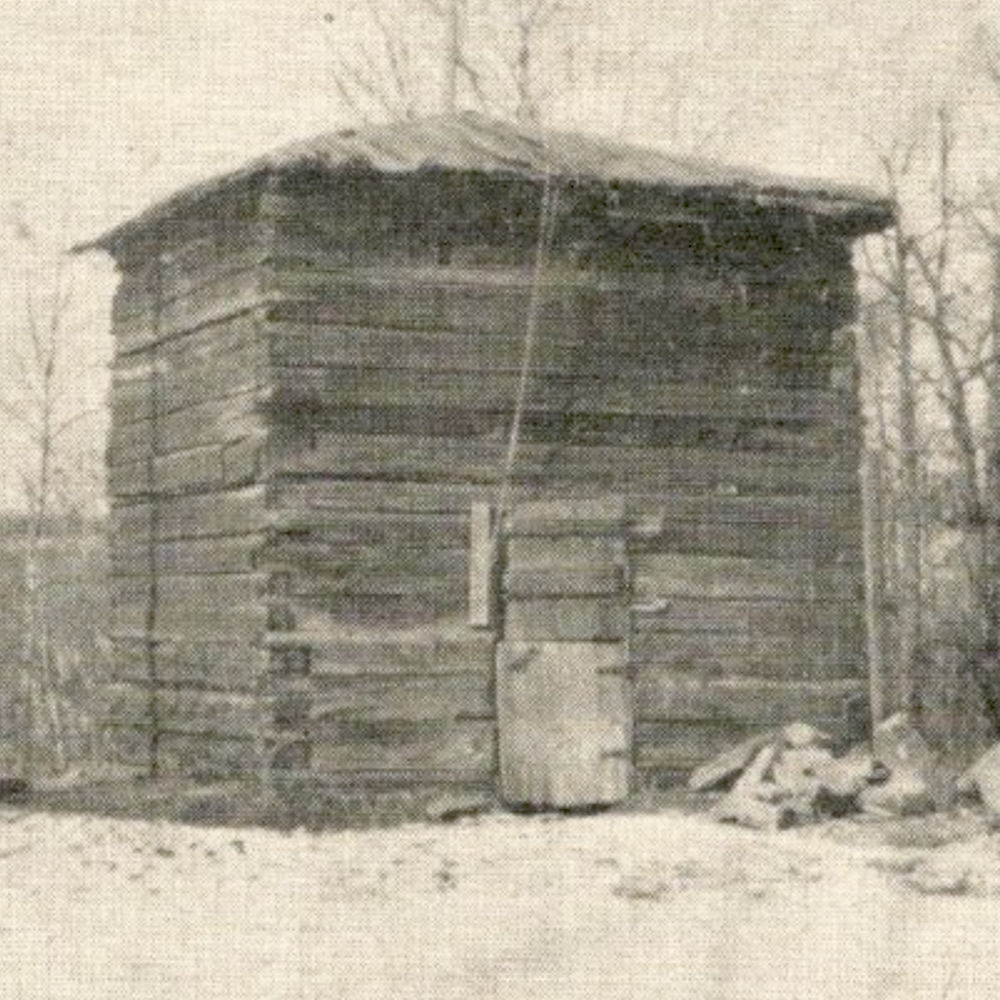Nestled in the foothills of southern Alberta with the majestic Rocky Mountains in the background, the Bar U Ranch National Historic Site of Parks Canada just south of Longview commemorates the history of the Canadian ranching industry. Established in 1882, the Bar U Ranch was one of a small group of large corporate ranches in Western Canada. At its peak, the ranch encompassed almost seven townships of deeded and leased land covering 157,960 acres.
Over the years, different owners included Fred Stimson, George Lane and Patrick Burns. Fred Stimson set out the foundation and infrastructure for the Bar U Ranch, which under George Lane achieved international repute as a centre of breeding excellence for cattle and purebred Percheron horses. Patrick Burns and his company modernized the ranch by replacing horses with tractors.
Read Also

Body condition, nutrition and vaccination for brood cows
One of the remarkable events of the past century related to ranching has been the genetic evolution of brood cows….
Artists, princes and outlaws have all called the Bar U Ranch home at various times in its colourful history. Famed western artist Charley Russell; H.R.H. Edward, Prince of Wales; and Harry Longabaugh (better known as the Sundance Kid) were among the famous and infamous characters who graced the ranch’s vast expanse at various times.
So let us start at the beginning of this story of the famous Bar U Ranch. In the early 1880s government leases on huge tracts of land in southern Alberta and Saskatchewan became available to interested investors. The North West Cattle Company, formed by the wealthy Allan family of Montreal, and Fred Stimson, a cattleman from Quebec, were able to obtain two leases covering 147,000 acres of prime grassland in southern Alberta. The 21-year leases cost a penny an acre. Stimson bought 3,000 Durham-Shorthorn stocker cattle, 21 purebred Shorthorn bulls and 75 saddle horses in the northern United States and trailed them up to their newly acquired leases.

With the arrival of the Canadian Pacific Railway, the North West Cattle Company was able to sell 1,000 steers for $75 each to the railway. The cattle company was also able to sell large quantities of beef to the Canadian government to supply the North-West Mounted Police and local Native people. From 1882 to 1886 almost $300,000 worth of beef was sold annually by the ranch to the government for distribution to the Native people.
In 1885 the largest roundup in Canadian history occurred in the area of the Bar U Ranch. It involved 100 men, 500 saddle horses, and 15 supply wagons. They rounded up some 60,000 cattle spread over 10,000 square miles of open grasslands. That must have been some roundup! The following winter of 1886-87 saw thousands of cattle die during the very severe winter. The cowboys at the Bar U ranch had put up winter feed and didn’t suffer the severe losses that occurred on the neighbouring ranches.
The Bar U was one of the first ranches to ship cattle to Great Britain. By 1890 the Bar U Ranch had some 10,400 head of cattle, 832 horses and 157,960 acres of leased grazing land. At the time, one of their horse breakers was the infamous Sundance Kid from the Wild Bunch gang.
The Canadian Government in 1891 made changes to the land lease policy and allowed ranches to purchase up to 10 per cent of their lease for $1.25 an acre. The North West Cattle Company purchased 15,000 acres and continued to lease the rest of the land for grazing.
Fred Stimson always welcomed the Stoney and Blackfoot people when they wished to camp at the Bar U Ranch. He learned to speak the Blackfoot language and had Native range riders on his cattle crew.
In 1902 George Lane and financial partners purchased the North West Cattle Company for a quarter of a million dollars. The sale included 3,000 cattle and 500 horses. Lane had originally come to Alberta to work for the Bar U for the princely sum of $100 a month. He became one of the largest cattle ranch owners in Western Canada, and later, one of the “Big Four” that helped create the first Calgary Stampede in 1912.
The harsh winter of 1906-07 killed thousands of cattle in Western Canada forcing many large corporate ranches to foreclose. Again, the Bar U was able to survive despite the losses of some 16,000 head of recently imported Mexican cattle. Thus began the necessity to put up hay for winter feed and end the use of year-round open range.
George Lane was interested in producing excellent draft horses for the increasing number of farmers in the neighbourhood. He purchased three purebred Percheron studs and 72 mares from Le Perche, France, at a cost of $75,000. At the 1909 World’s Fair in Seattle the Bar U Percheron’s won most of the awards. Lane eventually became the largest purebred Percheron breeder in the world.
It was not all work and no play at the ranch. At the turn of the 20th century, Bar U cowboys and the neighbouring ranchers formed a very active polo club and they won the international Earl of Winterton’s Cup in 1909.
With the advent of the First World War most of the skilled ranch hands joined the armed forces. George Lane hired Stoney families at the Bar U as year round employees. After the end of the war, the ranch also hired back any returning men and Lane also kept the Stoney employees on his crews.
In 1919, Edward, Prince of Whales bought the neighbouring ranch to the Bar U as he was extremely impressed with the cowboy’s way of life and the landscape of the surrounding area. The Prince relied heavily on the advice of George Lane in the operation of his new ranch.
Then came the post-war recession, several dry years and the downturn in the cattle and grain industry. In 1921 the prices of wheat and steers dropped to half of the previous year. Despite major economic problems, the Bar U ranch continued until George Lane’s death in 1925 at which time the Dominion Bank took over the heavily mortgaged ranch.
In steps, Pat Burns, owner of the Burns food empire, took over. In 1927 he purchased the Bar U ranch for approximately $500,000. At the time, the land was valued at $11 an acre but dipped to $6.78 an acre during the Depression and Dirty Thirties. But by 1947 it had jumped to $20 an acre.
It is interesting to note that Burns’ cattle empire was so vast that Burns could ride from Calgary south to the U.S. border entirely on his own land. During this period he owned many other famous Alberta ranches including: Bow Valley, Circle, Imperial, Walrond, BarS, the Q, the 76, the Two Dot, Glengarry and the Flying E. The Bar U remained Pat Burns’ pride and joy.
In the late 1920s cattle prices were exceptionally high; however, during the depression the cattle prices were so low that it cost more to ship the cattle to market than they were worth. Pat Burns cut expenses in order to keep the Bar U operational. The winter of 1936 was so severe in the region that the ranch hands had to feed 5,000 head of cattle 38 tons of hay a day.
With the passing of Pat Burns in 1937 it was the end of another era at the Bar U. Pat’s nephew John Burns, with the help of many long-term employees, took over the management of the ranch. Modern technologies and improvements were adopted. The Shorthorn cattle were replaced with Herefords, and grain farming was increased.
The Second World War saw many of the Bar U cowboys enlist and the Stoney people once again became the dominant workers on the ranch. The Bar U successfully survived these years due to this long-term historical connection with the Native people.
After the war, trucks and tractors were common on ranches and farms in the West so the Percheron work horses were no longer in demand. The Burns Ranches head office decided to sell off non-productive stock so most of the Percherons at the Bar U were sold.
Shortly thereafter, 11 riders moved 1,820 head of Bar U cattle along the road allowances to the Burns feedlot in Calgary, 67 miles away. The Burns’ era at the Bar U came to an end in 1950 with the sale of the ranch to J. Allen Baker. The sale included the remaining Bar U horses, 500 cows and the major part of the original ranch. Baker ran a traditional cow-calf operation and the Bar U continued to be one of the few remaining large ranches in the Alberta Foothills. It covered 30 sections of deeded and leased land. Allen Baker successfully managed the Bar U ranch for 27 years, longer than anyone else in its history.
In 1975 the Wambekes, a local agricultural-based family bought the Bar U headquarters and some additional grazing land as a means of expanding their existing cow-calf, feedlot and farming operation. Later in 1984, Melvin Nelson and family purchased the ranch and eventually sold 367 acres of the original ranch headquarters to Parks Canada as a national historic site to commemorate the importance and history of the ranching industry in Western Canada and the part that the Bar U Ranch played in the story.
Today the Friends of the Bar U Historic Ranch Association along with Parks Canada, operate the Bar U Ranch as a national historic site. The Percheron stud horse barn from the George Lane 1909-19 period, when he operated the largest and most famous breeding program in the world, is still there and examples of these fine horses are nearby. The ranch office and post office, the harness repair shop complete with a harness maker from southern Saskatchewan and the blacksmith shop, originally built in 1910, are highlights to be seen by the visitors. The cookhouse has the largest “lazy susan” kitchen table server that I have ever seen. Apparently the Chinese cook ruled the roost. She had a separate sleeping room just off the main kitchen and the kitchen was the meeting place where the orders of the day were given to the cowboys of the Bar U. The very neat sleeping accommodation for the cowboys is upstairs in one big open bedroom. Their musical instruments and precious keepsakes can still be seen by their beds.
The Bar U has a very fine interpretive centre with lots of historical pictures and a country-style dining facility. The park offers special events on various weekends throughout the summer and further information can be found on their website within the Parks Canada National Historical website or go to friendsofthebaru.ca.
It is well worth spending time to walk through this living history of the Canadian ranching industry when hopefully you will be able to have a coffee and taste the freshly made bannock at the chuck wagon roundup campfire down by the river.
Duane McCartney is a retired forage beef systems research scientist from Lacombe, Alta.
















